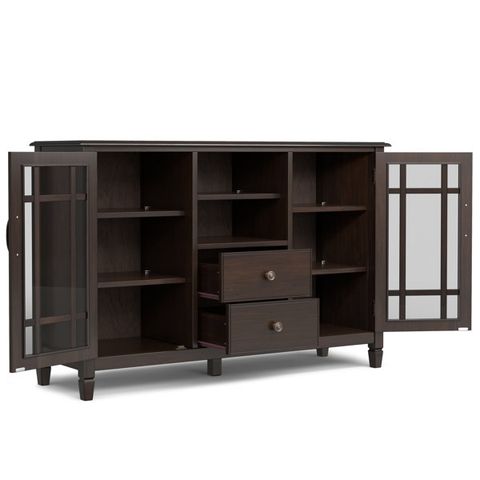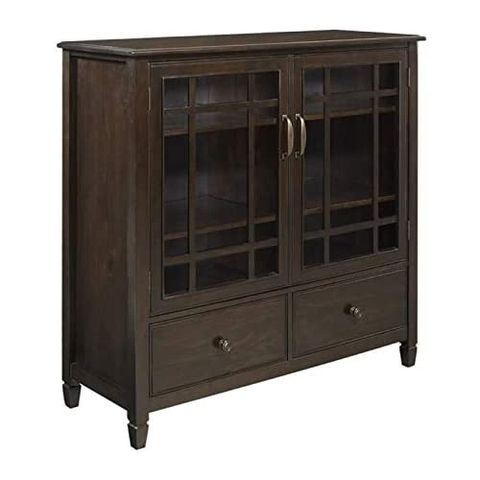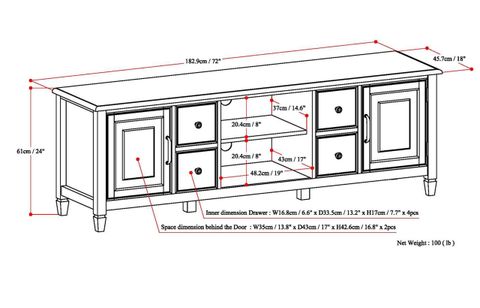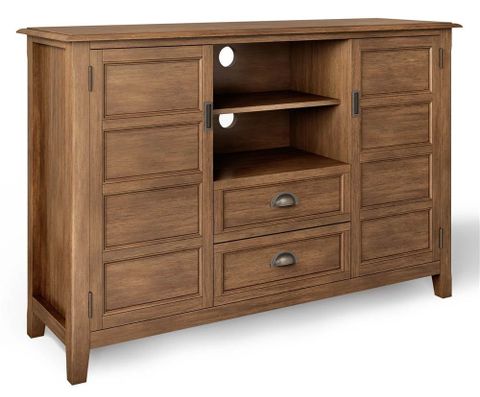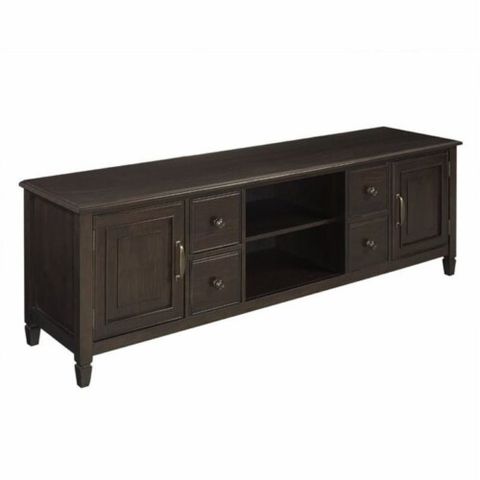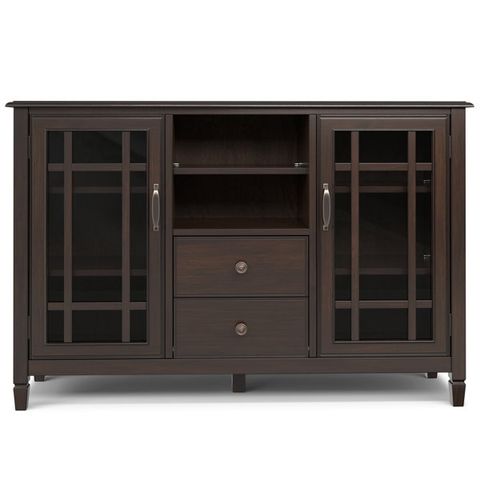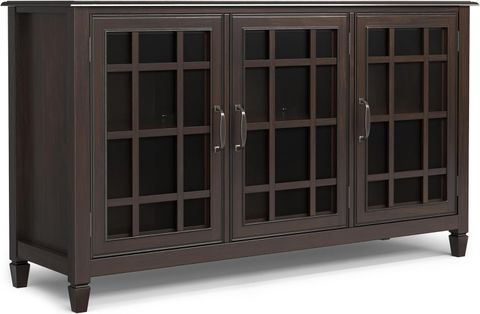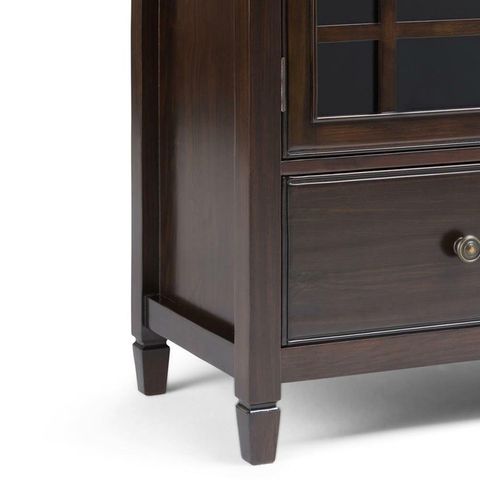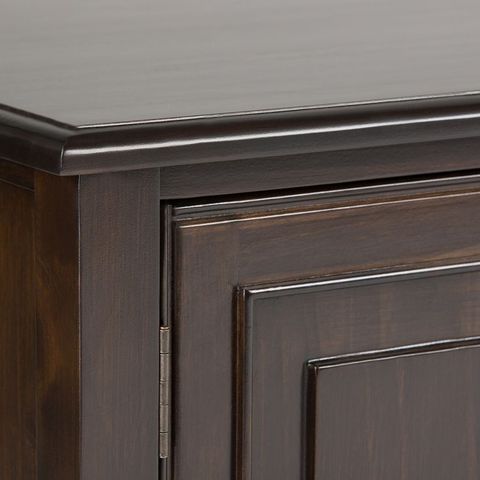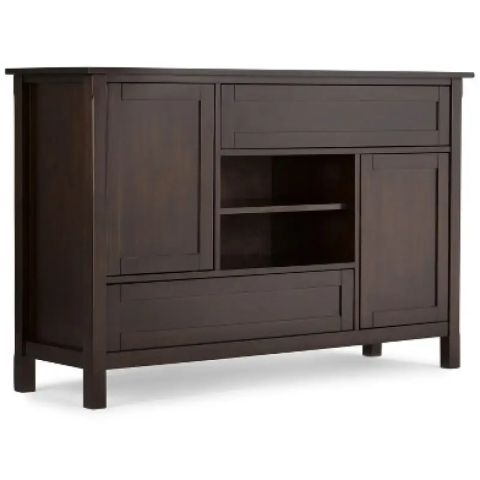Imagine walking into a room where every piece of furniture seems to whisper stories of careful craftsmanship. The table isn’t just a surface to place your coffee cup, but a conversation starter. The chair isn’t just a seat, but a comfort that remembers your body’s shape. This isn’t magic – it’s the art of blending functionality with aesthetic appeal in wood furniture.
Wood furniture has been around for millennia, but the secret to truly exceptional pieces lies not just in the material itself, but in how we coax both beauty and usefulness from the same piece of timber. Think about the last time you sat at a dining table that felt both sturdy and elegant. Or perhaps you’ve admired a bookshelf that somehow managed to hold everything you needed while looking like a work of art. These aren’t coincidences. They’re the result of thoughtful design that considers how people actually live, work, and move through their spaces. Every cut, every joint, every finish tells a story about the relationship between what we need and what we want to see.
Understanding the Foundation: What Makes Wood Furniture Special
Wood isn’t just another building material. It’s a living medium that changes with temperature and humidity, develops character over time, and offers a warmth that synthetic materials simply cannot match. When designers work with wood, they’re not just cutting pieces together – they’re working with nature’s own architecture. The grain patterns become part of the design language. The natural variations in color and texture add uniqueness to each piece. Consider a dining table made from oak. The straight grain might suggest strength and stability, while the subtle knots could add personality and charm. The key is recognizing that wood’s natural properties can either support or challenge your functional needs. For instance, a table that needs to be lightweight might benefit from lighter woods like pine or birch, while something requiring durability might call for hardwoods like maple or walnut. The beauty of wood furniture lies in its ability to embrace both its inherent qualities and our intended purposes.
The Psychology Behind Functional Beauty
What makes a piece of furniture feel right in a space? It’s not just about visual appeal – though that matters enormously. It’s about how well the piece responds to our physical and emotional needs. A well-designed chair should feel comfortable immediately upon sitting, even if you’ve never sat in it before. A storage cabinet should make sense to users intuitively. When we talk about blending function and form, we’re really talking about empathy in design. The designer must consider how people will interact with their creation. Does the height of a desk match typical user heights? Will the drawer slides open smoothly without needing extra force? Is there enough clearance under a table for chairs to fit comfortably? These aren’t just technical considerations – they’re human ones. The best wood furniture doesn’t fight against us; it works with our natural movements and expectations. A kitchen cabinet that requires excessive bending or reaching isn’t just inconvenient – it creates frustration. But when the design flows naturally with how we work, it becomes invisible. The user feels supported rather than hindered. This psychological connection is what transforms ordinary furniture into memorable pieces that enhance daily life.
Design Principles That Bridge Form and Function
There are several core principles that guide successful wood furniture design. First, proportion matters. A chair that’s too tall for its seat creates imbalance. A table that’s too narrow can make meals feel cramped. The golden ratio, while not always strictly applied, provides a helpful framework for creating visually pleasing proportions. Second, consider the user journey. How does someone move from one point to another in relation to the furniture? The path they take should feel natural and safe. Third, layering elements effectively. Think about how different parts of a piece relate to each other. A sideboard might have drawers for storage, shelves for display, and a flat top for serving. Each element serves a purpose while contributing to the overall aesthetic. Fourth, think about adaptability. Good furniture can serve multiple roles over time. A dining table that can be extended for guests, or a bench that doubles as seating and storage. Finally, attention to detail. The way edges are finished, how joints are constructed, and the quality of hardware all contribute to the final impression. These principles work together to create pieces that are both beautiful and useful, satisfying both the eye and the hand.
Material Selection: Choosing the Right Wood for Your Vision
Not all woods are created equal, and choosing the right one depends heavily on what you want to achieve. Hardwoods like oak, maple, and cherry offer durability and rich grain patterns that develop character over time. They’re ideal for pieces that will see heavy use or need to last generations. Softwoods such as pine and cedar are lighter and often more affordable, making them great choices for children’s furniture or budget-conscious projects. However, they may require more maintenance and won’t age with the same patina as hardwoods. The grain structure affects both appearance and strength. Straight-grained woods like ash provide consistent strength, while figured woods like quilted maple create striking visual interest but may be more challenging to work with. Consider also the environmental impact. Sustainable forestry practices ensure that the wood you choose doesn’t harm ecosystems. Some woods are naturally resistant to insects and moisture, which is crucial for outdoor furniture or items in high-humidity areas. The wood selection process is ultimately about aligning your aesthetic goals with practical requirements. You might choose a beautiful wood for its visual appeal, but if it doesn’t suit your functional needs, the piece will fail in its purpose. The right combination of wood type, grain pattern, and finish can make or break a project.
Craftsmanship Techniques That Enhance Both Beauty and Utility
The difference between good wood furniture and exceptional wood furniture often comes down to craftsmanship details. Traditional joinery methods like mortise and tenon, dovetails, and lap joints create strong connections that don’t rely solely on glue. These techniques not only ensure longevity but also add visual interest through their precise execution. Hand-finished surfaces can be more appealing than machine-made alternatives because they show the human touch. The way a table edge is rounded, how a drawer front is aligned, or whether the legs are perfectly square all affect how the piece feels to use and look at. Surface treatments play a huge role too. Natural oils like teak oil or linseed oil preserve wood’s natural beauty while providing protection. They allow the wood to breathe and age gracefully. Stains can enhance grain patterns or change the overall color palette dramatically. The key is matching the finish to the intended use and environment. A dining table in a busy family home might need a harder finish, while a bedroom dresser could benefit from a softer, more traditional look. These choices aren’t just about appearances – they determine how long the piece will last and how well it integrates into daily life.
Modern Applications: Contemporary Approaches to Timeless Concepts
Today’s furniture designers are reimagining classic principles for modern lifestyles. Minimalist approaches strip away unnecessary elements, focusing on clean lines and essential functions. Scandinavian design emphasizes natural materials and simple forms, often incorporating wood in ways that highlight its texture and grain. Industrial chic combines raw wood elements with metal and concrete, creating dramatic contrasts that speak to contemporary tastes. Smart furniture solutions integrate technology seamlessly into traditional designs. A bookcase that incorporates LED lighting, or a dining table with built-in charging stations, shows how modern functionality can coexist with timeless aesthetics. Modular systems allow users to customize their furniture based on changing needs. A shelving unit that can be reconfigured as living spaces evolve demonstrates how thoughtful design can anticipate future requirements. The key is maintaining the fundamental relationship between form and function while embracing new possibilities. Whether using traditional techniques or modern innovations, successful pieces balance respect for wood’s heritage with forward-thinking applications. The result is furniture that feels both familiar and fresh, connecting past and present in ways that enhance our everyday experiences.
The art of creating wood furniture that perfectly balances functionality and aesthetic appeal isn’t just about making things look pretty. It’s about understanding how people live, work, and interact with their surroundings. Every decision – from the choice of wood to the finishing technique – contributes to a larger narrative about comfort, utility, and beauty. When we approach furniture design with both practicality and artistry in mind, we create pieces that don’t just fill a room, but truly enrich it. These aren’t just objects to own – they’re investments in quality of life. The most successful wood furniture becomes part of our daily routines, our memories, and our homes. It’s the difference between having a table and having a place where families gather, where conversations flourish, where meals become celebrations. The best pieces don’t just exist in space – they inhabit it with purpose and grace. As we continue to evolve our relationship with materials and design, the principles of combining form with function remain constant. They remind us that the most meaningful objects are those that serve us well while speaking to something deeper within us.

